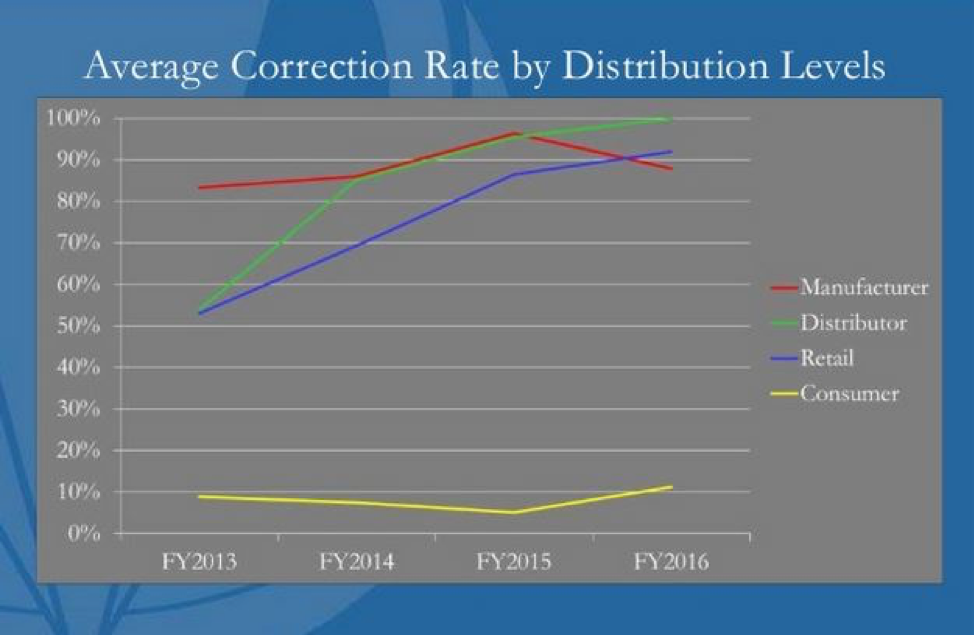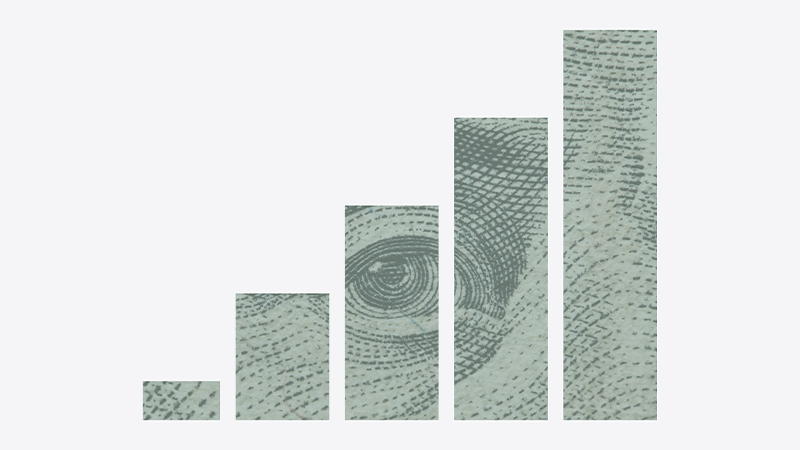1 min read
Registria Responds to CPSC Request for Responses
Heather Wilkerson : Aug 31, 2018 11:43:44 AM

Product recalls. UGH! Manufacturers dread them. Retailers and distributors are burdened by them. Consumers often ignore them. But recalls are necessary to protect us from dangerous defects and to make sure that a remedy is provided if a product doesn’t work as designed.
According to the U.S. Consumer Product Safety Commission (CPSC), only about 65 percent of product recalls are corrected (e.g., returned for a refund or replacement, or repaired). However, the majority of the corrections are due to retailers, distributors and the manufacturer taking action on the recall. Action from consumers hovers around 10 percent of the total correction rate.

Source: CPSC
CPSC data shows that many factors influence consumer participation in a recall, including the product category (appliances, electronics, children’s products, etc.), the price, and the type of remediation being offering (refund, replacement or repair). How and why these factors influence consumers to respond to a recall is still being debated.
However, one factor that does have a clear and significant effect on consumer participation is how a recall notice is communicated. In cases where a recall was only communicated via press release, the CPSC reports a correction rate of six percent (for FY 2013-16).
On the other hand, when a “Recall Alert” was used to notify consumers directly via mail, phone or email, the CPSC reports a 50 percent correction rate for the same period. Quite an improvement!

Direct notification of recalls – including via text/SMS – has been a long-standing benefit for product brands that utilize Registria’s services to onboard their buyers. The CPSC data underscores the importance of knowing who your buyers are, and being able to reach them quickly and efficiently in the event of a recall.
In an effort to improve recall effectiveness amongst consumers, the CPSC held a collaborative workshop with stakeholders last July. The agency is also seeking comments (until September 5, 2018) on how brands, recall firms, consumers and the CPSC itself can improve the effectiveness of recalls.
We commend the CPSC for working directly with manufacturers and other stakeholders to improve the product recall process. In addition to direct notification, we agree that judicial use of technology – especially technology that prioritizes consumer convenience– is paramount to improving consumer correction rates.

Holiday Interview: Increase Ratings and Reviews with Matt Parsons
Denver, CO - The holiday season is ramping up, and if this year follows predictions, most browsing and shopping will be done online. As your brand...

Registria Launches Mobile Registration Solution for Juvenile Product Safety
DENVER, CO--(Marketwired - Oct 19, 2015) - Registria is proud to announce today the launch of its award-winning solution, Photoregister(SM), for the...






